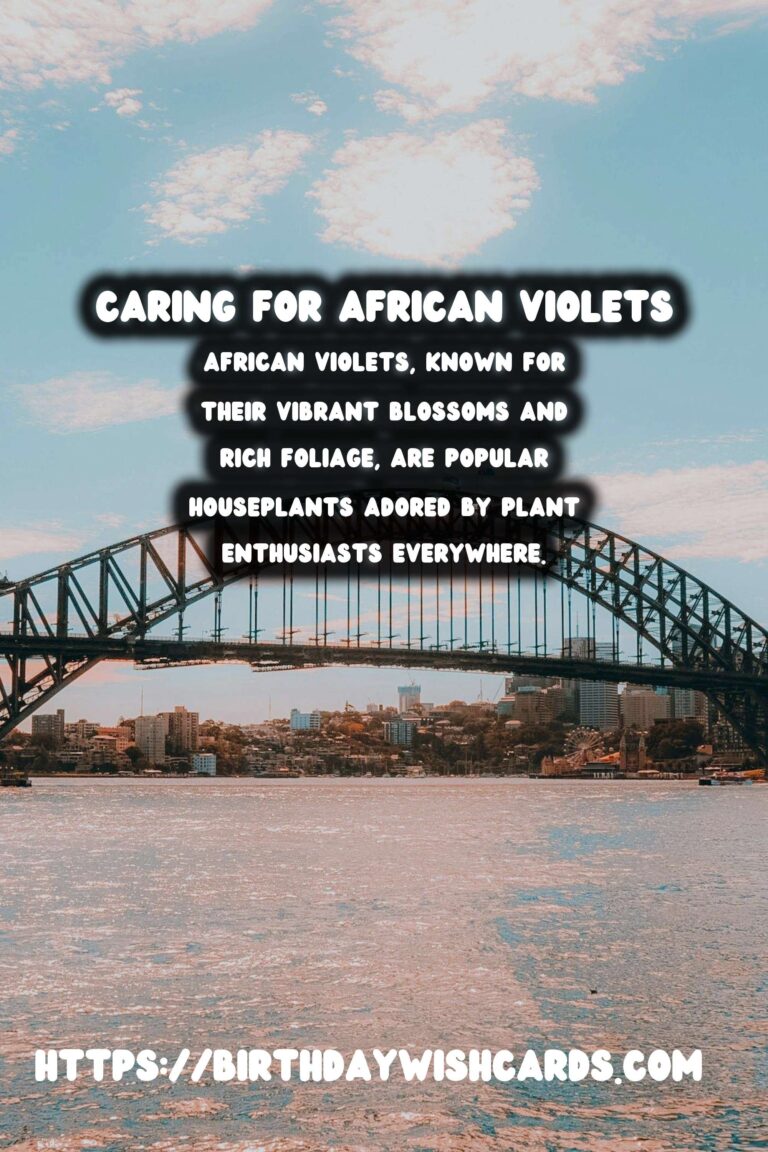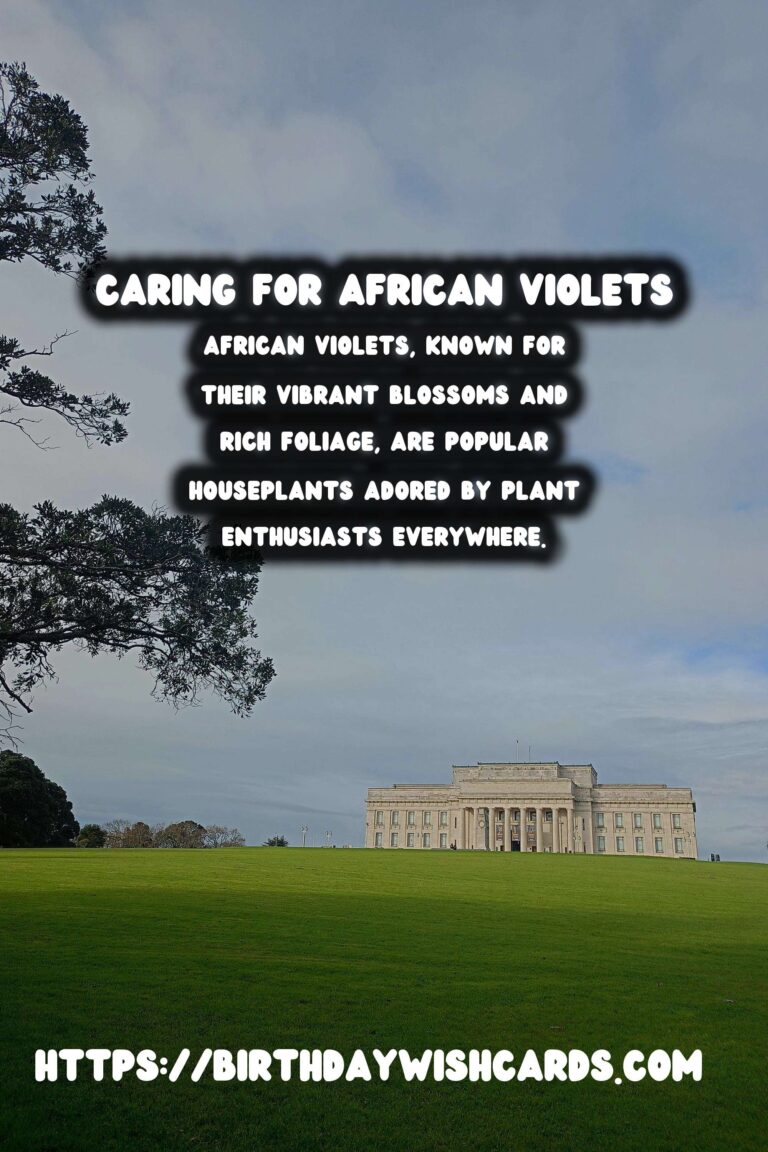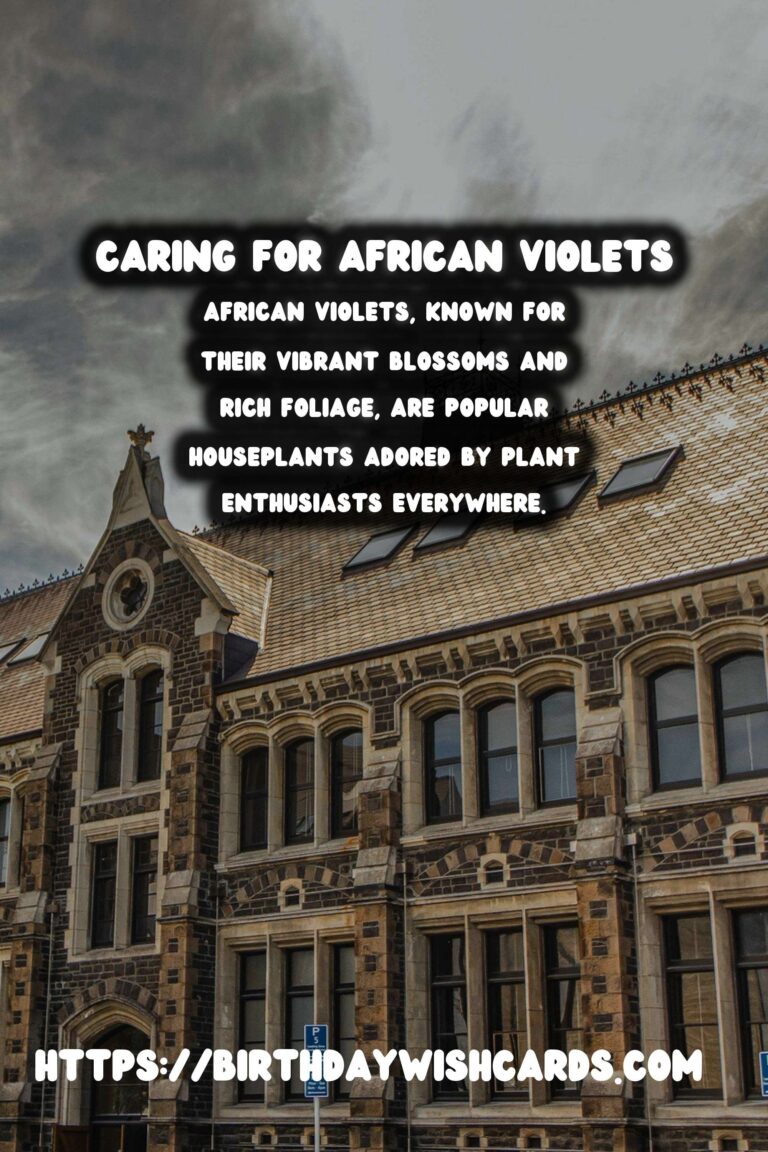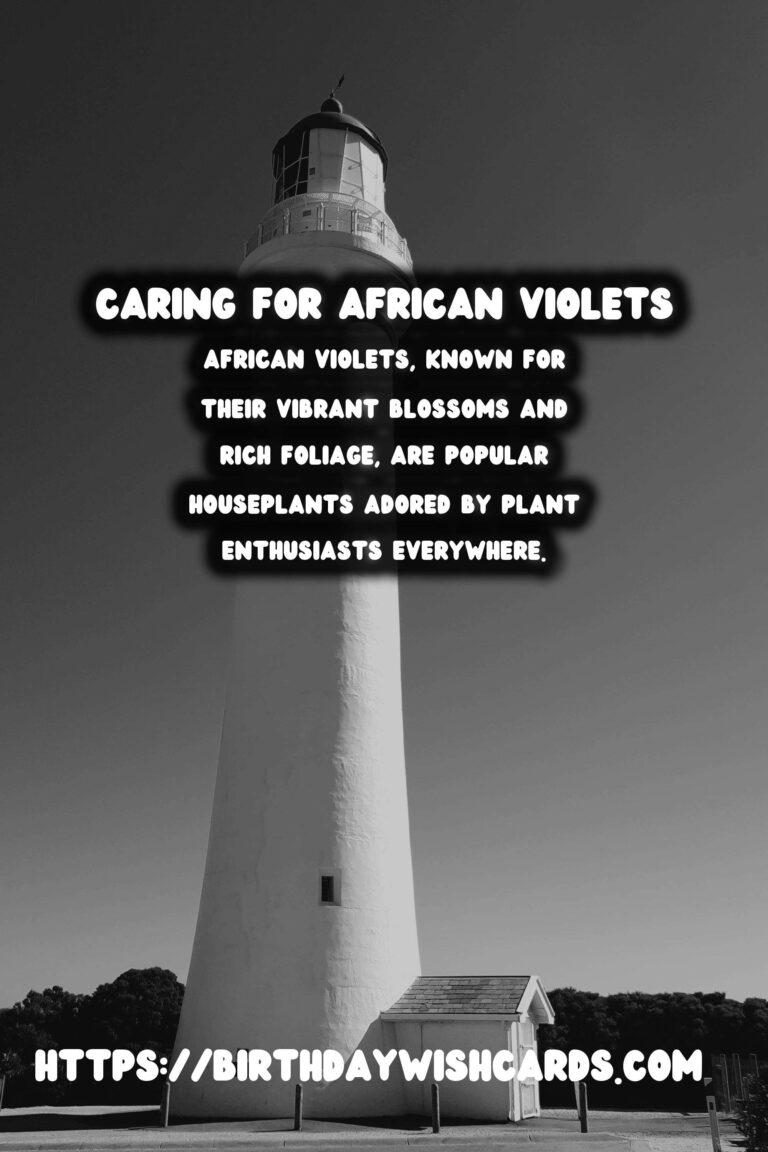
African violets, known for their vibrant blossoms and rich foliage, are popular houseplants adored by plant enthusiasts everywhere. Their charm extends beyond their aesthetic appeal, offering year-round blooms with the correct care and attention. Here’s a comprehensive guide to ensure your African violets thrive throughout the year.
Understanding African Violets
African violets, scientifically known as Saintpaulia, originate from the eastern regions of Africa. These perennial flowering plants can brighten any indoor space with their vivid colors ranging from deep purples to rich blues and pinks.
Creating the Perfect Environment
One of the most critical aspects of caring for African violets is providing the right environment. These plants require specific conditions to flourish:
Light Requirements
African violets need bright, indirect light. Direct sunlight can scorch their delicate leaves, while too little light will hinder blooming. Consider placing your plant near a north or east-facing window for optimal lighting.
Temperature and Humidity
These plants thrive in warm environments similar to their native habitat. Ideal temperatures range from 65°F to 75°F. Additionally, maintain moderate humidity levels by placing a humidity tray beneath the plant or using a room humidifier.
Watering Techniques
Proper watering is crucial for the health of your African violets. Overwatering or underwatering can lead to various plant health issues, including root rot or wilting.
Water Quality
Use lukewarm, non-chlorinated water for the best results. African violets are sensitive to both the temperature and chemical composition of water, so allow tap water to sit out overnight for dechlorination or use distilled water.
Watering Method
The best method is to water from the bottom. Place the pot in a shallow dish of water, allowing the plant to soak up moisture through its roots. Once the topsoil feels damp, remove the pot to prevent oversaturation.
Soil and Potting
The right soil mix and potting approach are equally essential in promoting healthy, thriving African violets.
Soil Composition
A well-draining soil mix, consisting of peat moss, vermiculite, and perlite, is ideal. This composition prevents waterlogging and allows root aeration.
Choosing the Right Pot
Opt for shallow pots with adequate drainage holes. African violets prefer to be slightly root-bound, which encourages blooming.
Fertilizing for Blooms
Regular fertilization during the growing season can promote robust health and vibrant blooms.
Type of Fertilizer
Use a balanced, water-soluble fertilizer formulated for African violets. Apply sparingly once a month during the active growing season, reducing frequency during dormancy.
Preventing Common Problems
African violets are generally hardy, but they are not immune to common plant issues.
Pest Control
Watch for pests such as aphids, mealybugs, and spider mites. Treat infestations with insecticidal soap or neem oil.
Disease Prevention
Ensure proper air circulation to avoid fungal diseases. Remove dead leaves promptly and reduce humidity levels if fungal growth is observed.
Propagating African Violets
Propagating these delightful plants can be a gratifying experience. Leaf cuttings are the most common propagation method:
Step-by-Step Guide
1. Choose a healthy leaf and cut it with a sharp knife. Leave a 1-2 inch stem. 2. Insert the cutting in moistened potting mix. 3. Cover the pot with plastic to maintain humidity. 4. Place in indirect light until new growth appears.
Conclusion
With the right care and attention, African violets can bloom all year, enhancing your living spaces with their cheerful presence. Remember to create a suitable environment, water carefully, and protect the plant from common issues. Happy gardening!
African violets, known for their vibrant blossoms and rich foliage, are popular houseplants adored by plant enthusiasts everywhere. With the right care and attention, African violets can bloom all year, enhancing your living spaces with their cheerful presence. 









#AfricanViolets #PlantCare




